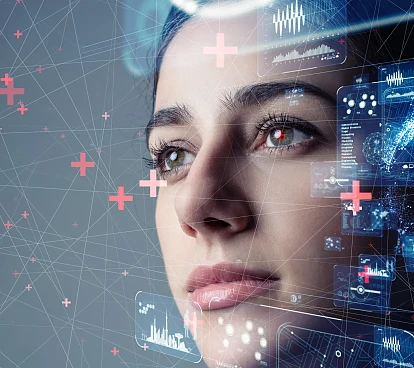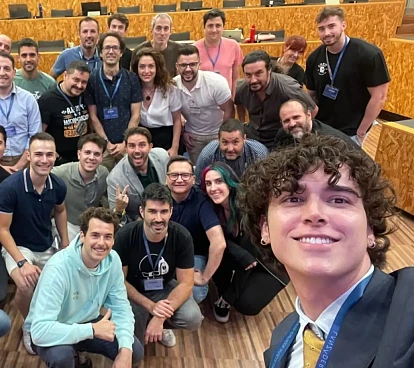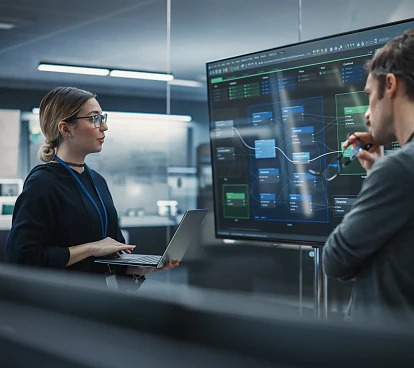
AI and Its Impact on Science: Beyond Chatbots
July 11, 2023
Generative Artificial Intelligence, particularly ChatGPT and its derivatives, has recently been in the spotlight, capturing the interest of those who envision a future where AI helps solve humanity's major challenges.
While we've seen a rise in the development of tools related to productivity and creativity, we mustn't overlook the ongoing work of scientists in the field of science to harness the full potential of this technology.
For decades, scientists have understood the importance of deeply comprehending computer functioning to support their research. In fact, they have become data analysis experts as experiments often yield valuable information.
Over time, scientists have learned to take advantage of big data and ventured into machine learning, acquiring skills in programming languages like R and Python, which have greatly facilitated their scientific endeavors.
In this article, we'll explore examples that support the collaboration between Artificial Intelligence and scientists in seeking solutions to address both people's and the planet's problems.
-
A notable example is the use of AI in combating antibiotic resistance. Recent research has demonstrated how machine learning has expedited the discovery of new antibiotics to fight resistant bacteria, such as Acinetobacter baumannii. This bacteria, classified as a "critical threat" by the World Health Organization, has become resistant to most existing antibiotics and can be fatal in cases of wound infections or pneumonia. Through the collaboration between Dr. Jonathan Stokes from McMaster University in Canada and AI, significant progress has been made in identifying new pharmaceutical substances to combat these diseases.
-
Another impactful example is the work carried out by neuroscientists and surgeons at the Swiss Federal Institute of Technology Lausanne. By leveraging Artificial Intelligence and machine learning, they have succeeded in restoring the ability to walk in paraplegic individuals. By placing electrodes in the brain and spinal cord, they have developed a system that translates the patient's movement intentions into electrical signals, allowing them to regain control over their legs.
These examples highlight the transformative potential of Artificial Intelligence in the field of science. As we continue to explore and harness this technology, we move closer to a future where the collaboration between scientists and AI opens new frontiers to improve people's lives and address the most pressing challenges of our planet.
Our latest news
Interested in learning more about how we are constantly adapting to the new digital frontier?

Insight
December 10, 2024
Groundbreaking technologies today that will reshape the innovation landscape in 2025

Insight
December 4, 2024
A Journey of Innovation, Improvement and Magic

Insight
November 7, 2024
Compliance with the European Union's Artificial Intelligence Act. ISO 42001

Insight
November 6, 2024
Artificial Intelligence, from technology to transformation
